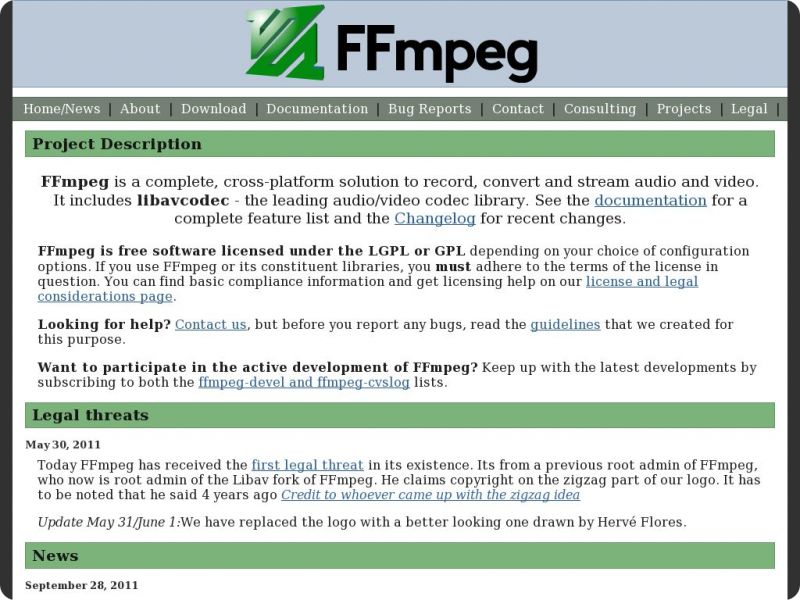

For this reason, file sizes are smaller than the other two tests. NOTE: Compressor, running in Mojave, was unable to compress a ProRes 4444 file into HEVC 10-bit. With the exception of HEVC 8-bit, compressed file sizes were virtually identical. I also looked at file size to see if the new version was any more efficient. Here are the revised results for Apple Compressor, after running more tests for both Mojave and Catalina.Įssentially, for H.264 and HEVC, compression speeds between the two versions of the OS are the same, around 1%, as you can see from the table below.

As you’ll see, this difference is most notable when compressing HEVC. The short answer is that, in general, macOS Catalina is slower for video compression than Mojave, but not by a lot. This is the same test data I’ve used for all my compression tests for the last five years. My media files consisted of programs edited in:Īll files originated at 1280 x 720, except for the 1080p ProRes 422 HQ, which was scaled to 1280×720 for all tests. For example, compressing a one hour program ranged from 11 to 21 minutes. What I learned is that when compression runs as a background process, compression times can vary a lot. The Compressor results for H.264 were so slow last week that, this week, I compressed each file three times and, because the results varied widely, averaged the results. The Catalina tests were all run on the same day for Adobe Media Encoder and Apple Compressor, except for HEVC on Compressor, which I ran a week ago. The Mojave test data are from earlier tests, but on the same system with the same files. Only Numbers and Spotify (because these tests take a LONG time) were running on my Mac during these tests. I ran these these tests on the same computer (an iMac i5) using the same data files and same default YouTube 720p compression settings using the latest versions of Apple Compressor (4.4.6) and Adobe Media Encoder (14.0). NOTE: Here’s an article comparing compression speeds of an i5 vs. While Compressor is still almost three times slower than Adobe Media Encoder in compressing the same file into 10-bit HEVC, at least now, Compressor is able to complete the job. This week, I ran more tests with Compressor and added Adobe Media Encoder.įirst, though, I want to report that a bug in Apple Compressor that prevented it from compressing ProRes 4444 files into 10-bit HEVC in Mojave seems to be fixed in Catalina. In that article, I only had time to run a single series of tests with Apple Compressor. Last week, I took a first look at video compression speeds in the new macOS Catalina.


 0 kommentar(er)
0 kommentar(er)
